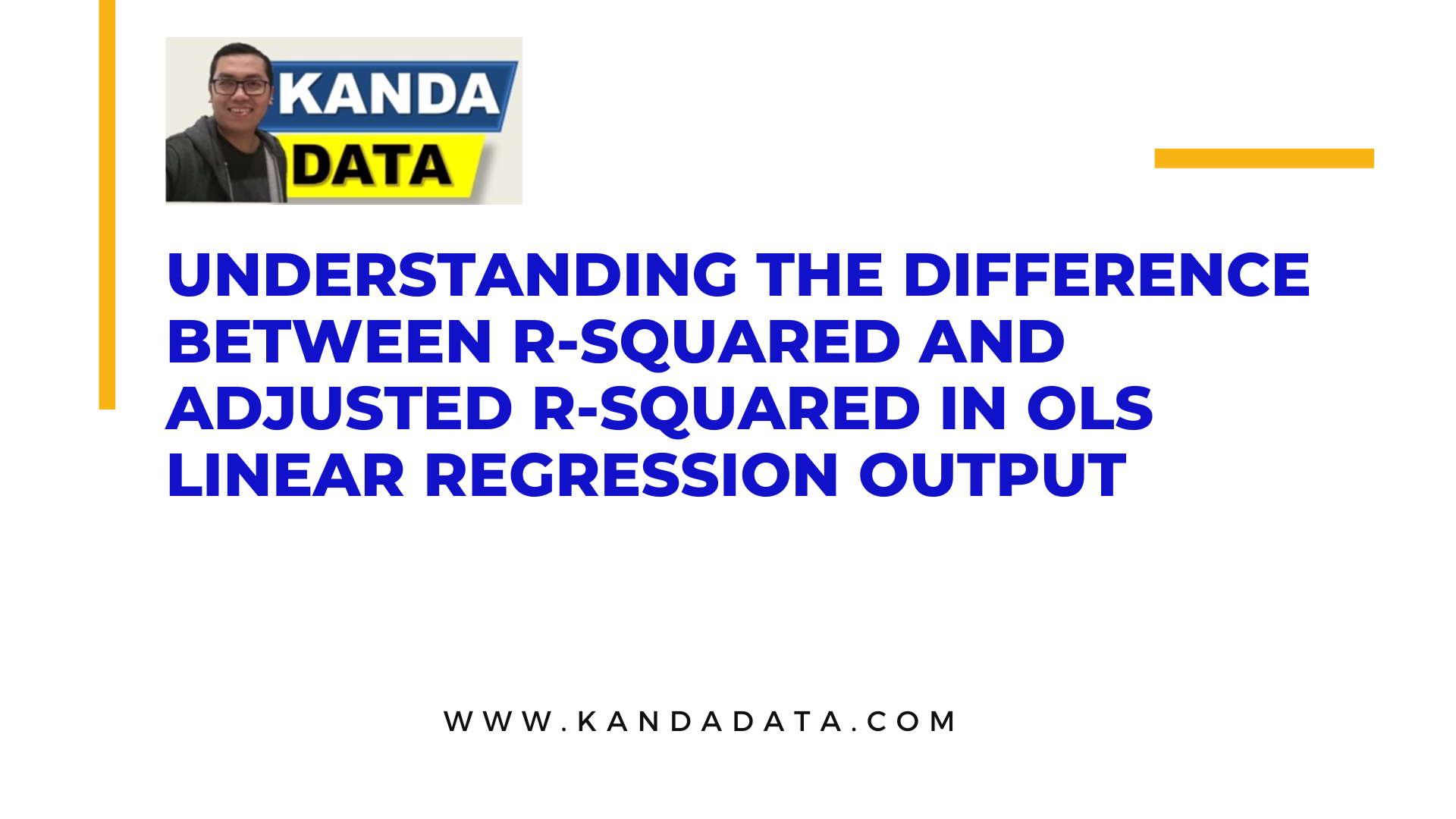Blog
Understanding the Difference Between R-squared and Adjusted R-squared in OLS Linear Regression Output
R-squared (R²) and Adjusted R-squared (R² adjusted) are key metrics frequently used to assess the effectiveness of a linear regression model. The R-squared value provides information about the proportion of variability in the dependent variable explained by the independent variable in the linear regression equation.
Can nominal scale data be analyzed using regression analysis?
Regression analysis is commonly used to examine the influence of independent variables on dependent variables observed in a study. However, regression analysis is more suitable for data with interval or ratio scales. How about data with nominal scales, can regression still be used?
Data That Cannot Be Transformed Using Natural Logarithm (Ln)
In quantitative data analysis, data transformation is not a new concept. It is a process of converting the original form of data into another form to improve the data and meet the assumptions required for quantitative data analysis.
Differences Between Paired Sample T-Test, Independent Sample T-Test, and One-Way ANOVA
Differential testing is aimed at determining the mean differences in the tested sample groups. In practice, paired sample t-test, independent sample t-test, and one-way ANOVA are often used to test means in more than one sample group.
Simple Linear Regression Analysis in Excel and How to Interpret the Results
Simple linear regression analysis aims to determine the influence of one independent variable on a dependent variable. In this analysis, we can understand and measure how much the independent variable explains the variation in the dependent variable.
How to Calculate Net Present Value (NPV) to Assess Investment Viability
Net Present Value (NPV) is a crucial investment evaluation method employed to assist companies in determining whether an investment or project will yield financial gains or losses over a specified period. NPV is the difference between the present value of cash inflow and the present value of cash outflow from an investment over a specific timeframe.
Testing and Interpreting Homoscedasticity in Simple Linear Regression with R Studio
Homoscedasticity is a crucial assumption in ordinary least square (OLS) linear regression analysis. This assumption refers to the consistent variability of regression residuals across all predictor values. Homoscedasticity assumes that the spread of residual regression errors remains relatively constant along the regression line.
How to Conduct a Normality Test in Simple Linear Regression Analysis Using R Studio and How to Interpret the Results
The Ordinary Least Squares (OLS) method in simple linear regression analysis is a statistical technique aimed at understanding the influence of an independent variable on a dependent variable. In simple linear regression, there is only one dependent variable and one independent variable.







